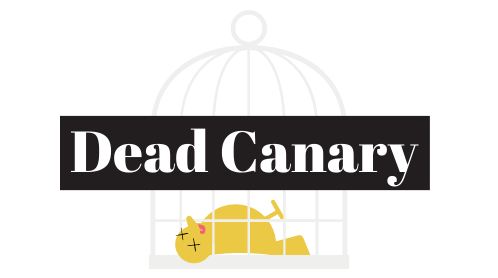- Last Updated: 8.23.23
The US Bond 'Yield Curve Spread'
Simply put, the U.S. bond yield curve spread is the difference between interest rates on two government bonds with different time lengths. More precisely, The yield curve is a graphical representation with the x-axis denoting the maturity periods (months, years, or decades) of bonds and the y-axis indicating the annual yields received by bondholders, with the spread calculated by subtracting short-term from long-term rates.
Most humans look at the difference between short-term and long-term rates.
Statement
Economists and investors scrutinize the yield curve’s shape to gauge the economy’s health. A typical yield curve, seen during a healthy economy, exhibits an upward-sloping shape. In such scenarios, longer-term bonds yield higher returns compared to shorter-term ones.
In order to understand the influence of the yield curve, it’s essential to grasp the concept of bonds. A bond represents a sum of money that investors lend to either a company or government. In return, they receive periodic interest payments, known as yields, which is shown as the percent of interest to be paid. The yield curve quantifies the yields of ever bond issued by the government over various periods of time.
Normal Yield Curve (Upward Sloping)
This is when long-term rates are higher than short-term rates. It’s the usual situation, meaning people want more return for keeping their money invested for a longer time. For instance:
Short-term rate (2-year bond) = 1%
Long-term rate (10-year bond) = 3%
Yield Curve Spread = Long-term rate – Short-term rate
= 3% – 1%
= 2%
Inverted Yield Curve (Downward Sloping)
An inverted yield curve is a phenomenon in the bond market where shorter-term interest rates are higher than longer-term rates. This can be a signal of a pending recession, and historically, it has been associated with downturns in the stock market.
In this inverted example, the negative spread (-0.5%) shows that short-term rates are higher than long-term rates:
Short-term rate (2-year bond) = 3.5%
Long-term rate (10-year bond) = 3%
Yield Curve Spread = Long-term rate – Short-term rate
= 3% – 3.5%
= -0.5%
Short-Term Rates: These are interest rates on bonds that mature quickly, like the 2-year bond. They give a snapshot of current economic conditions.
Long-Term Rates: These are interest rates on bonds that take longer to mature, like the 10-year bond. They provide insight into where investors think the economy will be in the future.
Why Watch?
Mr. Gammon provides a host of data points, charts, and detailed explanations on the fundamental concepts underpinning the debate around whether commidit prices will remain high, or fall.
Highlights
Rabbit Holes
Dig deeper into the people, places, and self-interests from this video that are pushing the world economic system to the brink:
- Housing,Recession,United States Bonds,US Government Debt
